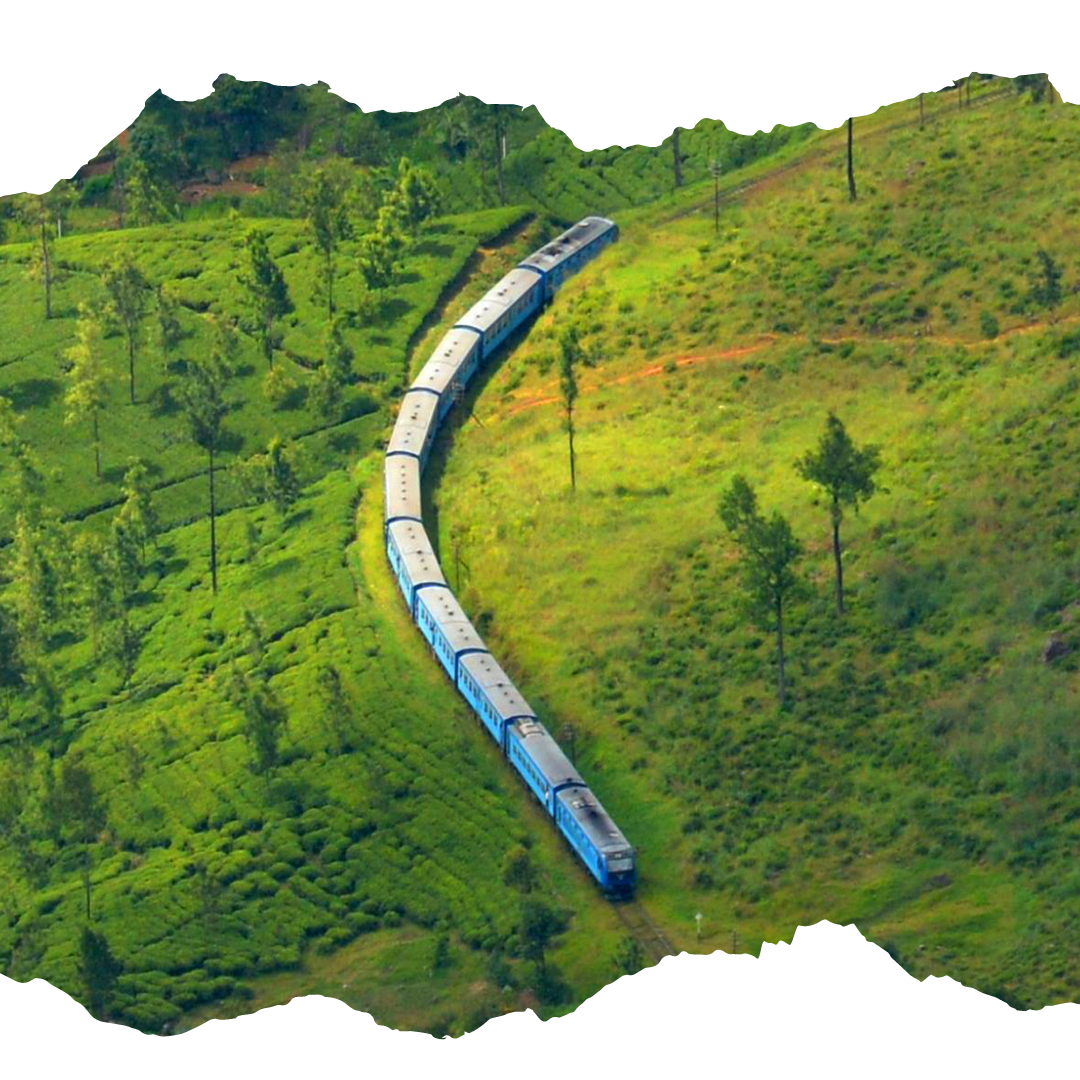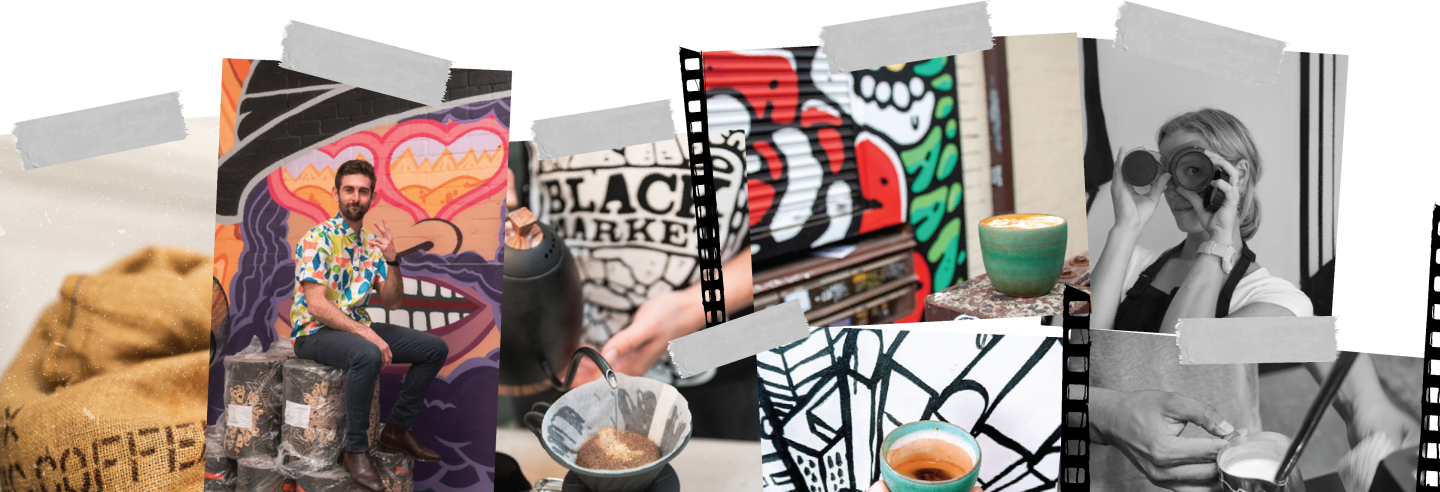
The Sri Lankan Phoenix: Coffee’s Rise From The Ashes
We’ve come to the second instalment of the Sri Lankan coffee saga, and if this isn’t a story fit for the big screen, it’ll at least make an interesting National Geographic doco on Disney+.
We left you at the cliffhanger of Devastating Emily, the leaf rust plague in the late 1800’s that destroyed the lucrative coffee industry at a dizzying rate, leaving land open to be utilised by tea estates, and establishing itself as the primary export we now associate with Sri Lanka.
Coffee lay low for the next ninety years, scraping by, but that’s about it. There isn’t much literature on how coffee began climbing out of the mire, but some sources credit the Nestle Instant Coffee (whether it was Gold or Blend 43 we can’t say). As Nestle instant coffee became more popular as a household item, competing with tea as the preferred hot beverage in Sri Lankan homes, it sparked an interest to source locally grown coffee.
The Dutch come in again for round two. In 1996, Harm van Oudenhoven, a Dutch leader in regenerative agriculture, resilient livelihoods and conservation, armed with a Dutch government grant and a 5 kilo roaster, took to the jungle in search of gold. That is, a viable coffee tree.
As you can guess, he found some, and he and others began cultivating trees, and generating more and more interest among investors, government and consumers, so that in recent years, coffee production has increased by 84%. What’s extra exciting about this is, that the majority of interested parties, are interested in specialty coffee.
The Market Development Facility (MDF) organisation is heavily involved in the future of specialty coffee in Sri Lanka, and is focussing on four areas of development
Expanding Coffee Plantations
The Sri Lankan highlands are an idyllic environment for growing coffee. Similar in latitude to the Ethiopian Jimma region, similar in altitude to the Yirgacheffe region, it’s warm, and receives steady rainfall throughout the year, whilst being shielded from seasonal monsoons. And is very pretty. Which helps.
Due to many tea plantations being abandoned under horrible circumstances in the past such as civil war and ecomonic downfall, there is opportunity to use these estates for coffee. As is intercropping with existing tea fields and/or other crops.
Expanding Smallholder Clusters
The majority of specialty coffee grown here is from smallholders, which is fantastic for keeping profits amongst the farmers, however extra attention is needed to ensure they have access to the resources they need to keep quality high.
Expanding the clusters of smallholders means that collectively they are able to access better training, machinery, and more efficient transport and logistics of their products.
Developing Infrastructure
As good quality machinery for processing coffee from cherries to dried green beans is expensive and inaccessible for many smallholders, MDF are encouraging farmers to collectively sell their product as whole ripe cherries to external milling facilities that use high quality equipment with trained technicians. The idea is that this will result in better quality coffee than processing with subpar methods would.
However development is still needed in quality control equipment on the farms, such as moisture meters and storage practices, and also investing into the collective coffee mills.
Developing Barista Training Programmes
Yes! Our passion! Our obsession! We love training people who love coffee because it’s what we love and we want more people to love it and the best way to share the love is by making really good coffee for your friends. And teaching them how to make really good coffee for their friends. And a clear way forward in the quest to reinstate Sri Lanka as the specialty coffee origin to be reckoned with.
Equipping keen beans with the knowledge and skills to bring their own country’s coffee to life is a special thing, and the best way to promote the beauty, and nurture pride amongst the community of what they can bring to the world. And that is a little spicy, a bit floral, sweet and delicious coffee.
…
https://freshcup.com/ceylon-coffee/
https://perfectdailygrind.com/2015/12/specialty-coffee-in-sri-lanka-from-production-to-consumption/
https://intelligence.coffee/2023/09/sri-lanka-coffee-origin/
https://www.beanscenemag.com.au/sri-lanka-cultivating-a-unique-21st-century-coffee-story/
https://www.linkedin.com/in/harmvanoudenhoven/
https://foreignpolicy.com/2019/07/08/spilling-the-tea-in-sri-lanka/
Be The first to know about new digs.

